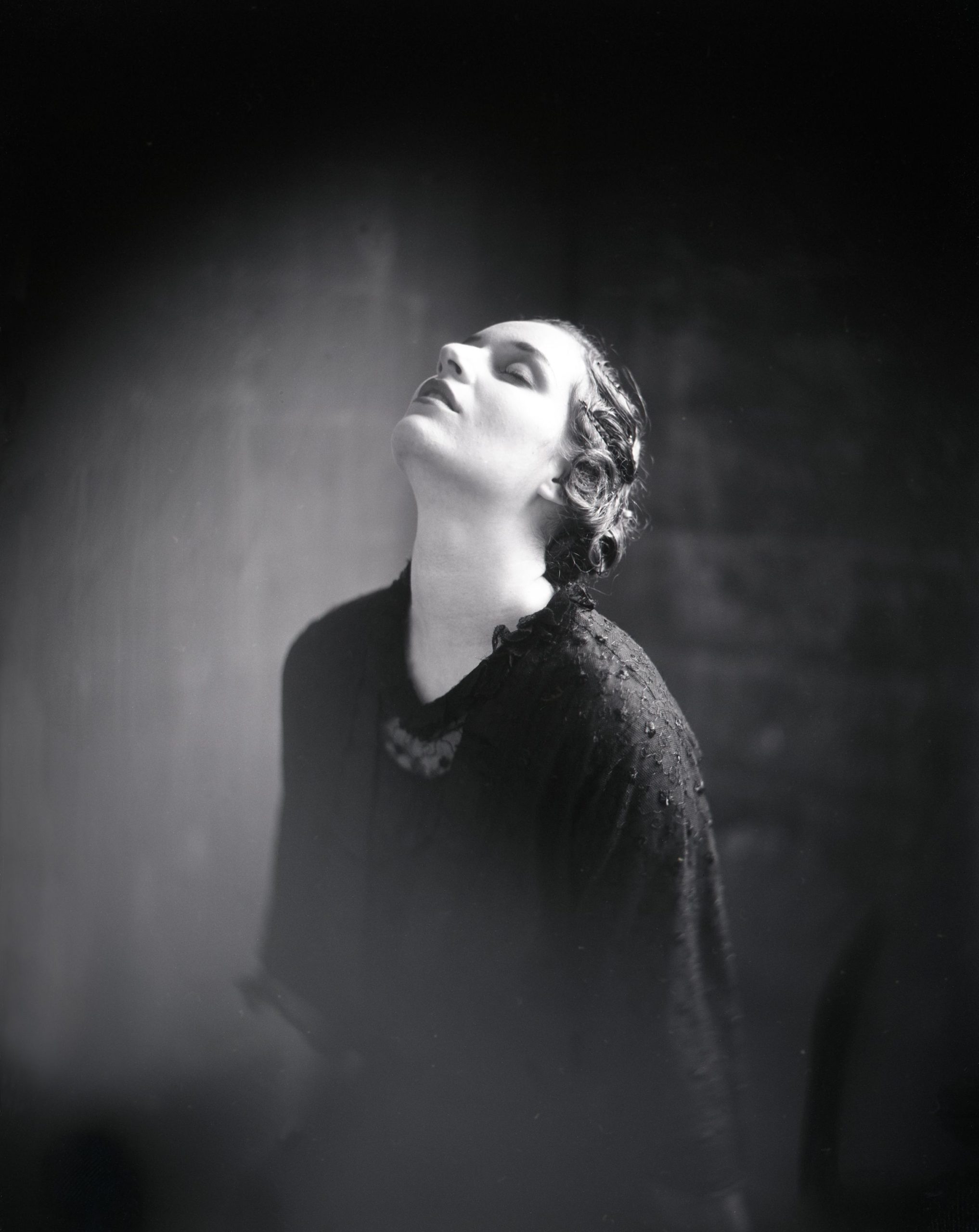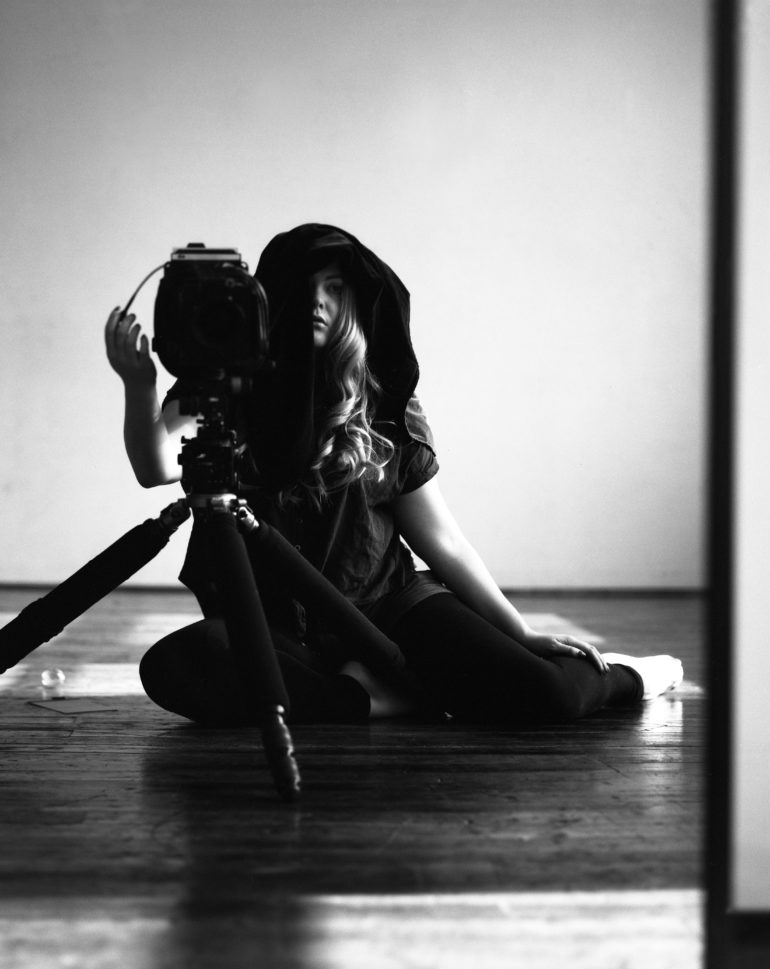“A more disciplined photographer might see these varied interests as distractions, but following the spark of curiosity is vital for me,” says photographer Ashley Jennings in reference to her work and varied interest in digital, analog, and large format photography, as well as palladium printing. “The idea of creating tintypes (or any film photograph) just to feed a content machine gives me intense anxiety…” If you can’t tell, Ashley is an intellectual. She once locked herself in a studio, forcing herself to create work: something many photographers would be afraid to do. Though, at the same time, she doesn’t “benefit from melancholy,” as she puts it.
This is a part of a special series showcasing the wonderful employees of the Blue Moon Camera Store in Portland, Oregon. They specialize in vintage cameras, analog, and repairs. And we genuinely think you should check them out.
Phoblographer: These are some of our favorite kinds of interviews: Catch-ups! We interviewed you in 2019 when we focused on your TinType portraiture studio work. How did the pandemic change you as a creative? Did you lock yourself in a studio overnight again and force yourself to come up with work like avant-garde heroes of the past?
Ashley Jennings: I’m so happy to catch up with you. The past three years have certainly been transformative artistically in many ways.
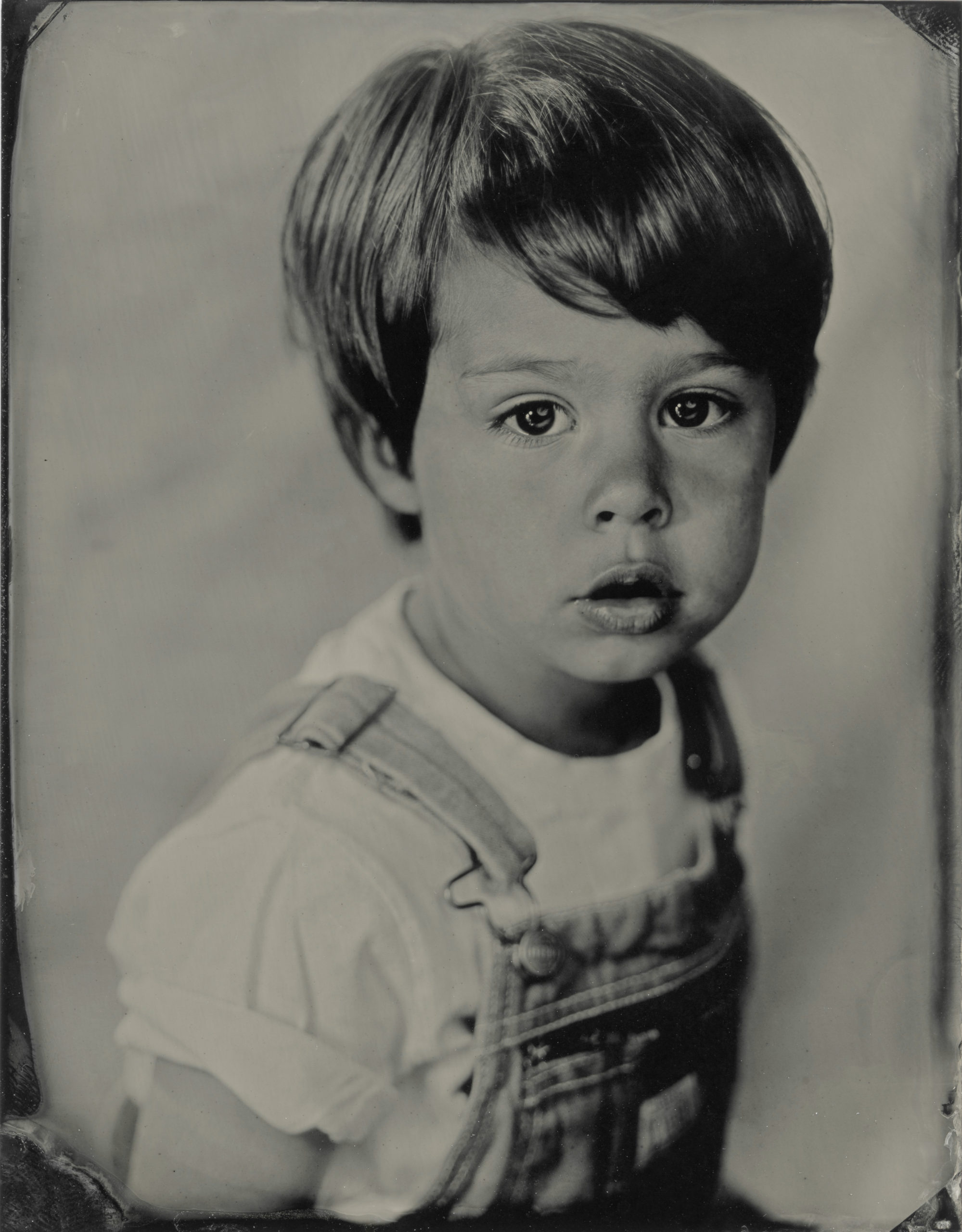
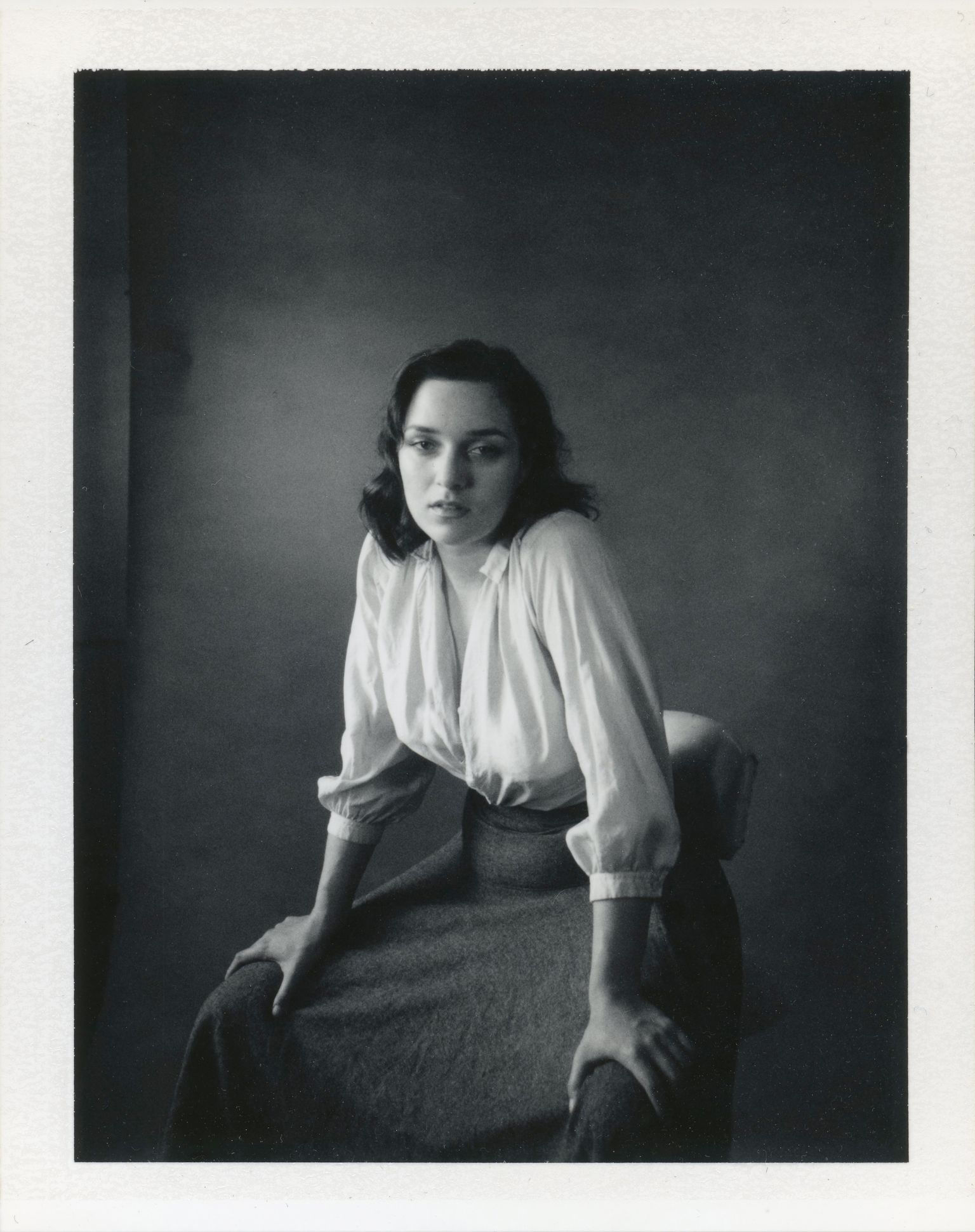
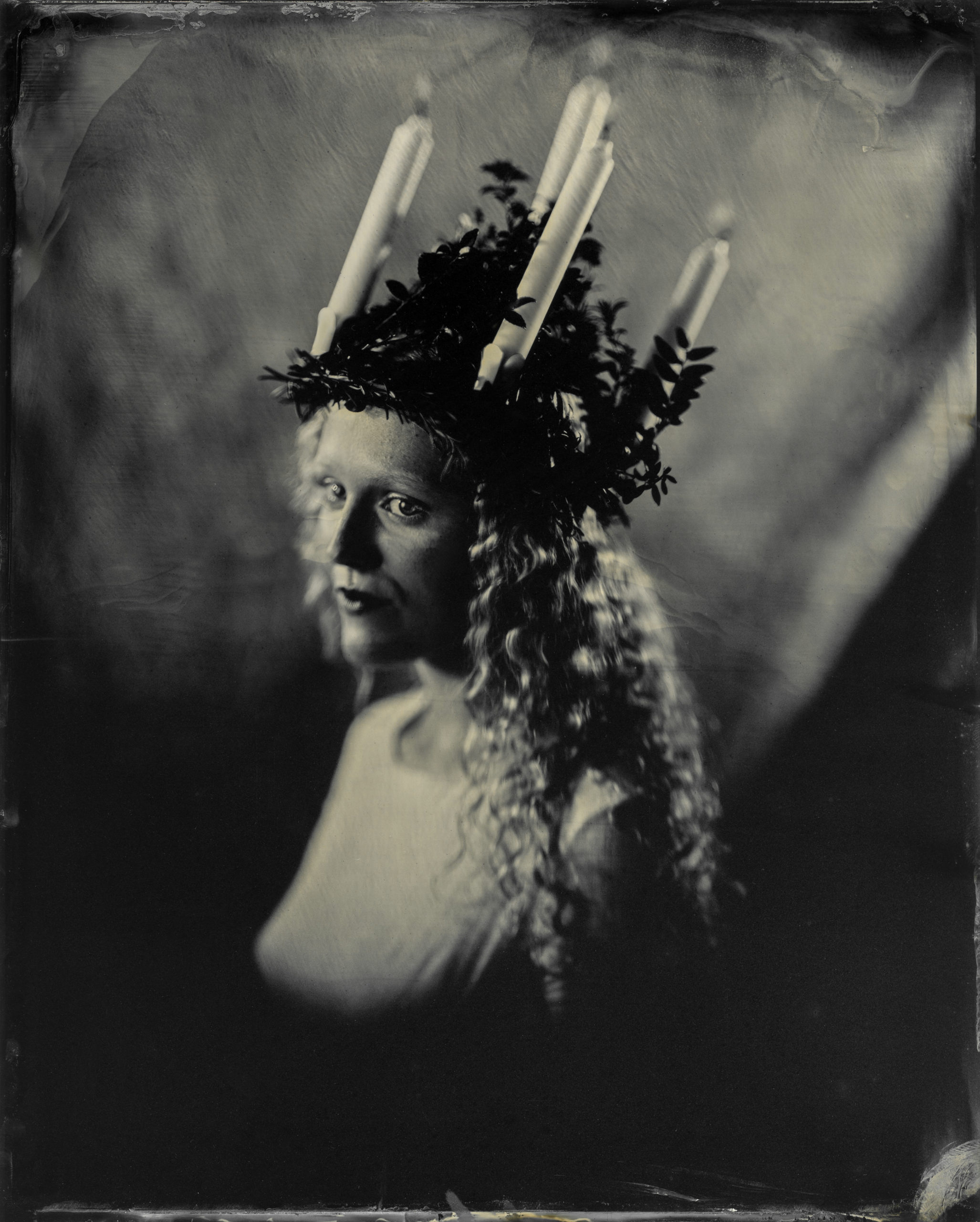
2019 was a busy year: I photographed 25 weddings, hosted tintype pop-up events almost once a month, worked part-time on top of that, and was facing major burnout by the end of the year. Even the thought of setting up my tintype kit or a whiff of silver nitrate (which often smells like a too-sweet margarita) would trigger exhaustion and fatigue. The pandemic, for all of its thorniness, enabled me to take a much-needed break.
In April of 2020, I forced myself to spend a day refining my ambrotype skills and ended up with some very beautiful floral still lifes and self-portraits, but my holding tank fell over in the car on the freeway and ruined or broke almost all of the fragile glass plates. C’est la vie. I took time off after that: unlike our avant-garde heroes, I don’t always benefit artistically from melancholy. Looking back, I think the time off saved me from total burnout and allowed me to reconsider the kind of work I wanted to make upon my return: I’ve been much more focused on making tintypes outdoors with only one group of sitters at a time. I say “no” more now to projects I don’t have capacity for. I’m much happier when I’m able to focus on creating connections and collaborating with my subjects, and the quality of the work is reflected in that positive energy.
I know that lower visibility as a result of not posting loud reels and clickbait polls is perhaps detrimental financially in some ways if I’m not as visible to my audience, but social media (for me) is better treated as a vehicle to exhibit work than a machine with which to catalyze it.
Phoblographer: You don’t only do tintypes, you also do film (which looks like digital too). When we look at your work, we can see there are similarities between the tintype and other work. But how do you feel the medium makes you creative?
Ashley Jennings: When people ask me about my photographic journey, I often use the analogy of rising tides lifting all boats (Jack of many photographic trades, master of none, I suppose.) I’m a firm believer that the knowledge gained from all kinds of photographic practices can inform and enhance one another. While I have spent many years using digital cameras as tools to photograph weddings and portraits, I’m much more fascinated with the tangibility and process of the antique. The interpersonal skills learned dealing with couples on their wedding day has helped with the way I approach subjects who come to me for intimate (and vulnerable) film portraiture. The knowledge gained studying editorial studio lighting techniques has helped me to see light differently when photographing in natural light. Thoughtful large-format framing has improved my framing digitally. Making prints in platinum-palladium has changed the way I photograph for the shadows with a mind for future printing. A more disciplined photographer might see these varied interests as distractions, but following the spark of curiosity is vital for me.
Phoblographer: Talk to us about Daughter/Earth. what’s this project about?
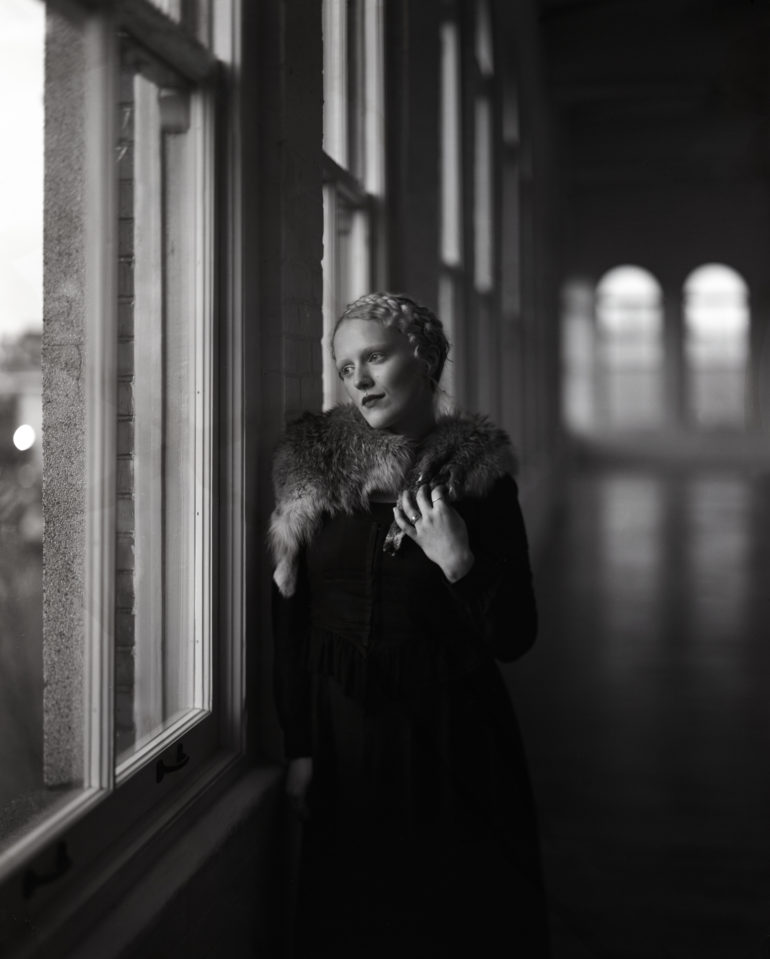
Ashley Jennings: The Japanese have an idiom, translated “Mono-No-Aware”, to describe the impermanence of all things and the gentle longing and wistfulness that accompanies the knowledge that nothing lasts. Photographed in film, Daughter/Earth was an exploration of my feelings about the impermanence of youth, both in our bodies, and metaphorically of our Earth as we change it. I made these images during a time in my life when I was grappling with the reality of aging and decisions about whether to have children. Progressing into my thirties, I was hearing many of the same questions and concerns from other women my age: the transformation from daughter to mother is an identity shift that many women choose to make, and I was considering the personal implications of that choice.
The potential impermanence of our livable earth also factors into my decisions about procreation, and I wanted to make landscapes as a love letter to the beauty that is, as opposed to a lament about the changes that will be. These photographs are a document of beauty, but the intention was never to fetishize that beauty: rather, I hoped to collaborate with these women to create portraits that felt genuine and personal and which will help them navigate their own aging gracefully. When I photograph people, I always try to center their personhood in the work, but in this case, the photographs were also therapeutic for me: exploring and discussing vulnerability and change with my subjects also helped me to personally re-frame my own conceptions of aging in a healthy way.
Phoblographer: what’s the difference between slowing down and creating the best photos you can vs creating to feed a content machine? how do you market your work these days?
Ashley Jennings: The difference is everything. The idea of creating tintypes (or any film photograph) just to feed a content machine gives me intense anxiety. Perhaps there are those with the stamina (and chemical tolerance) to do both, but ultimately, the process is just too tricky, toxic, and expensive to make work just to improve my Instagram algorithm. It’s not a sustainable course for me, physically or emotionally. I know that lower visibility as a result of not posting loud reels and clickbait polls is perhaps detrimental financially in some ways if I’m not as visible to my audience, but social media (for me) is better treated as a vehicle to exhibit work than a machine with which to catalyze it.
I value the insight and conversation of my friends and photographic peers, but find that the social media outlets I rely on are largely no longer serving as a conversation tool. I much prefer to participate in salons and small gatherings of folks whose knowledge and insights I trust. I’ve been lucky in the marketing department: my meager presence on Instagram has provided enough visibility to attract new customers, and word of mouth works for me in a big way.
Phoblographer: Can you talk to us about your role at Blue Moon Camera and Machine, and tell us about one of your most memorable days working there?
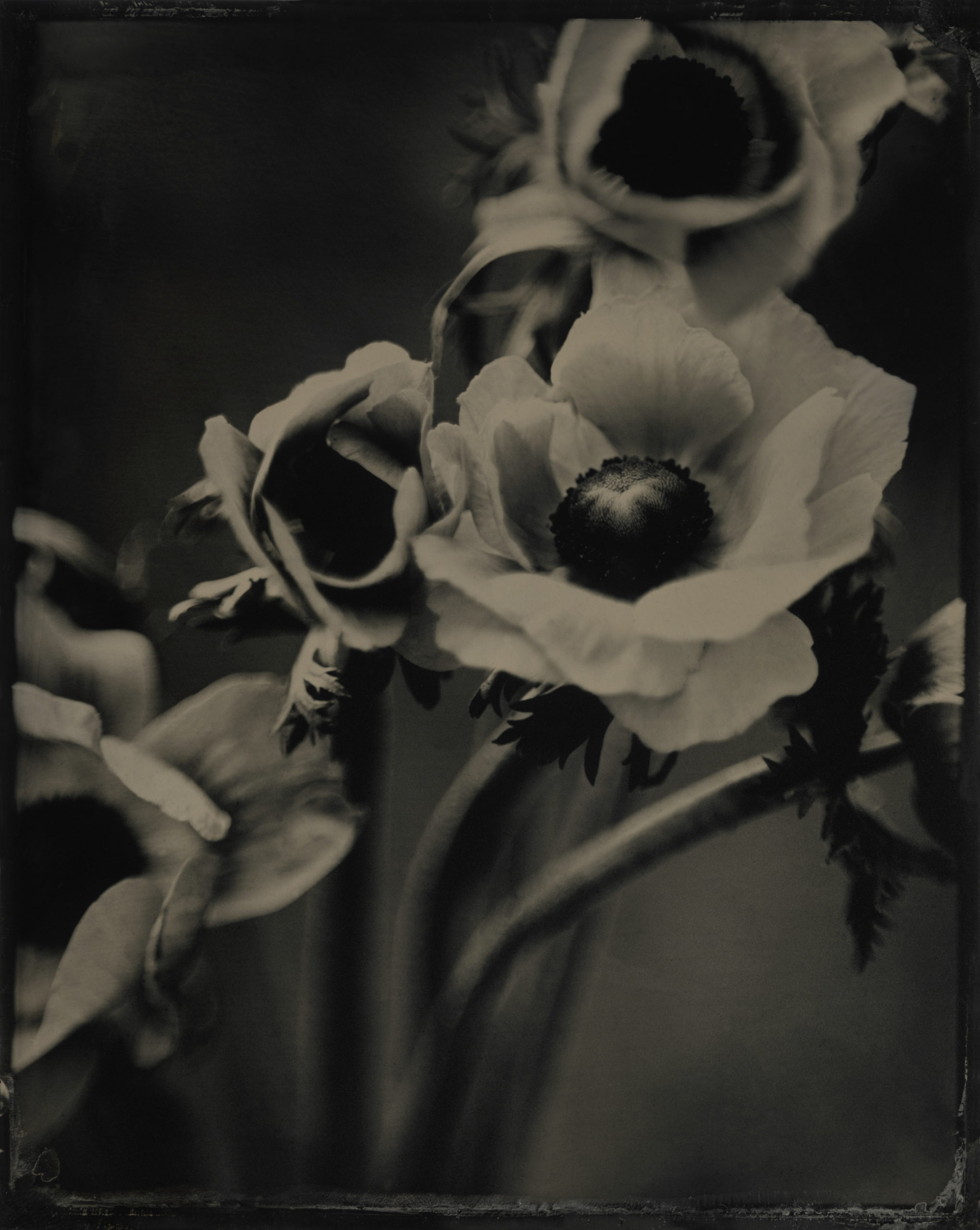
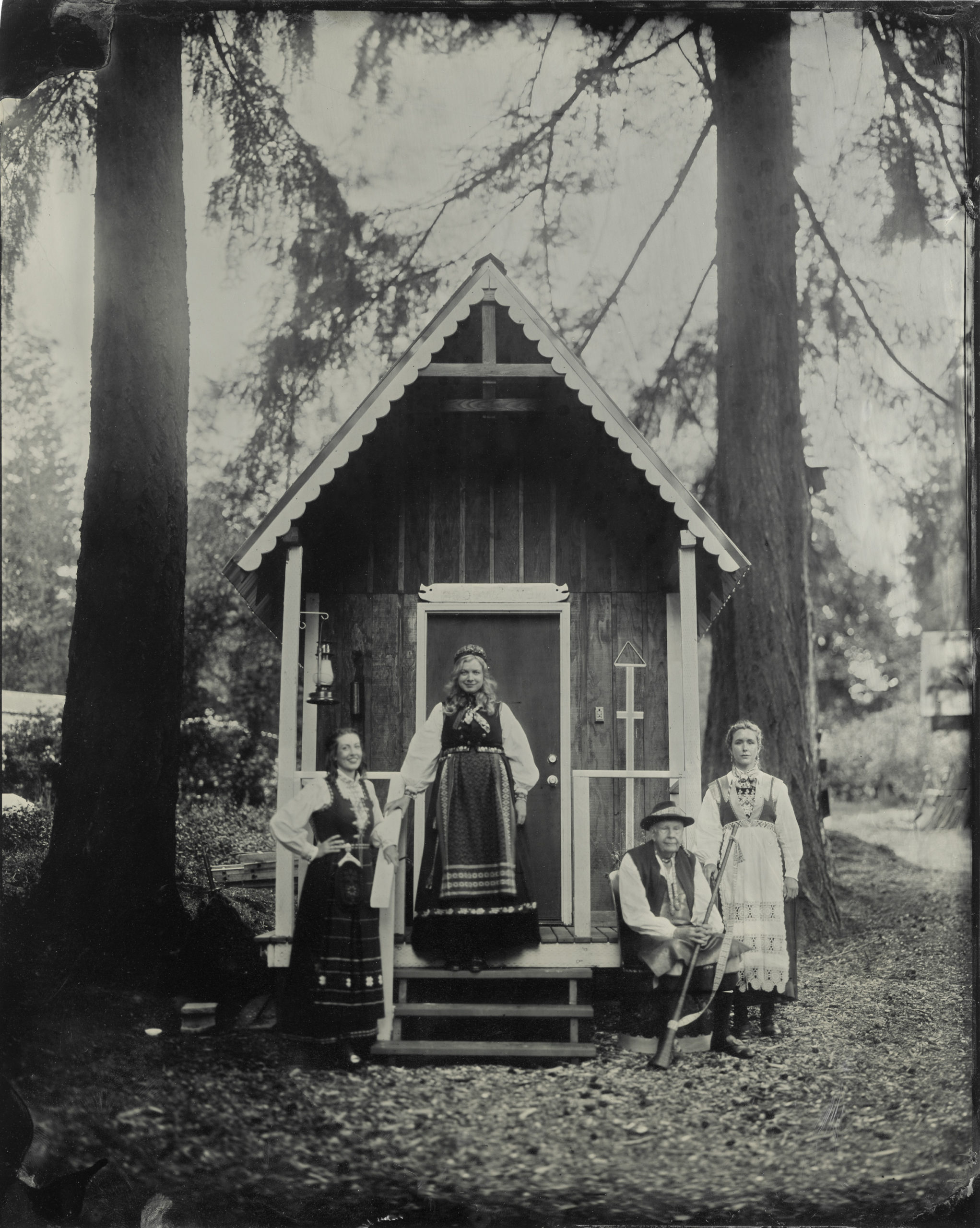
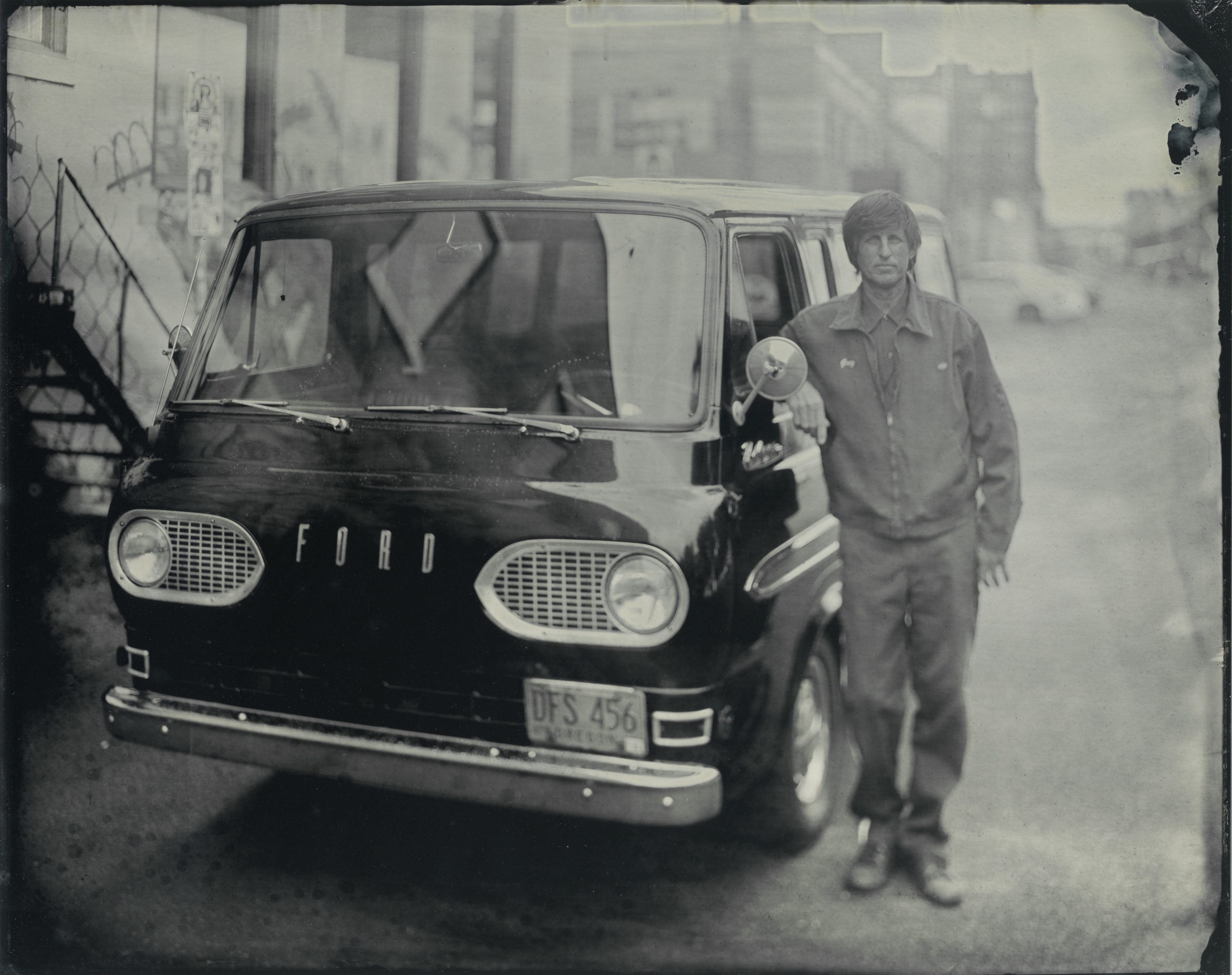
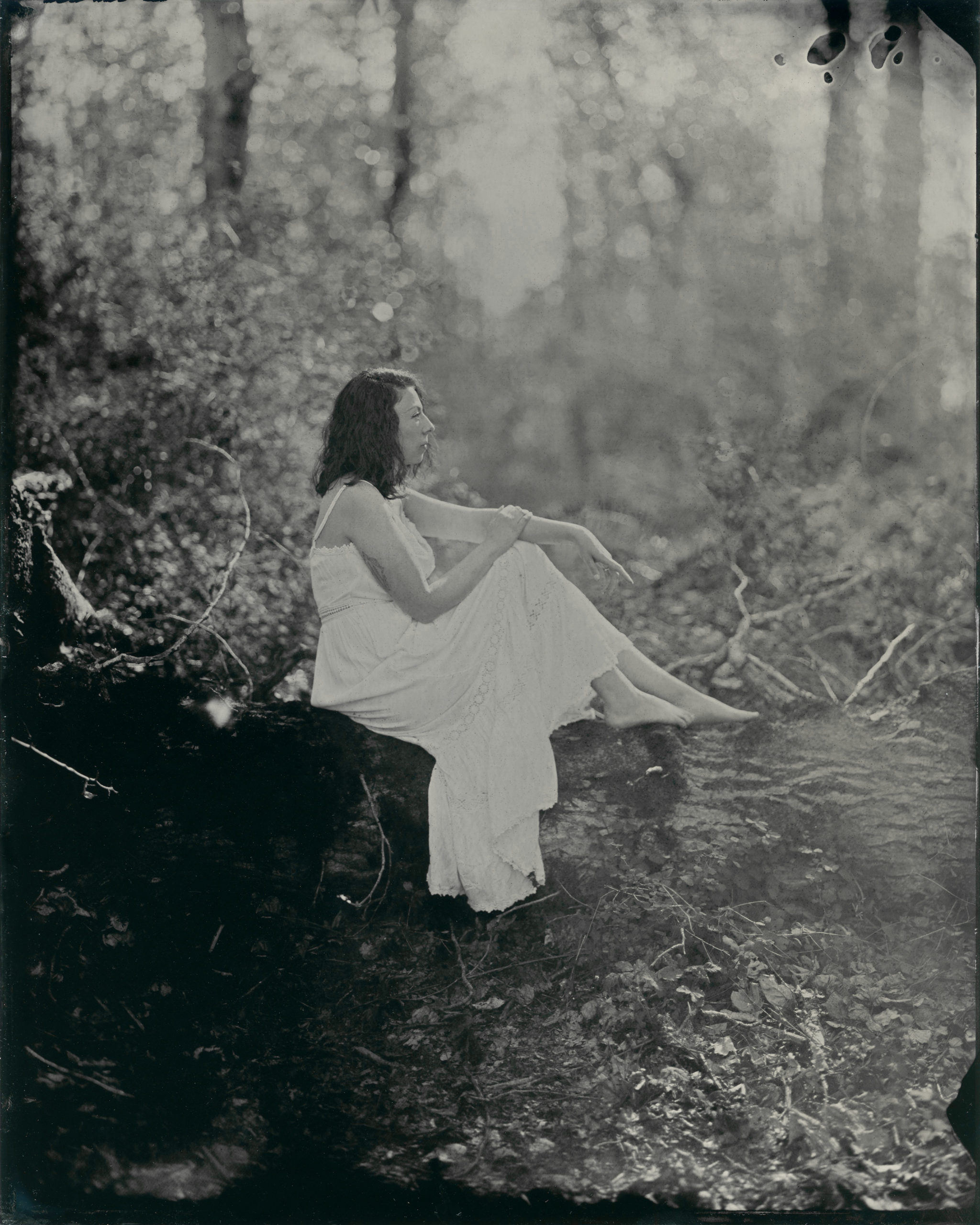
Ashley Jennings: At Blue Moon Camera, I’m a part of the front-of-house sales staff. I sell cameras and take in film orders, and also work on the consignment team, testing and assessing analog cameras that customers bring in to sell (consignment items comprise 90% of our inventory, so we stay quite busy and see many interesting cameras.)
As a photographer with a fascination with beautiful mechanical objects, this place is a dream come true. I’m proud to work for a company whose values align closely with my own: everyone in the shop is committed to producing truly exceptional product, and no corners are cut in that pursuit. It’s really fun to work alongside so many anachronists: we all have our niche photographic interests and there isn’t a day that I don’t learn something about a camera, film stock, or darkroom chemical. Aside from the close-knit company culture here at Blue Moon Camera, my favorite part of the job is teaching young people — specifically women, to use analog cameras. I’m well aware that specialized shops can be intimidating for newcomers and can be male-dominated, and at Blue Moon we really want to help cultivate a welcoming environment where people aren’t afraid to participate and ask questions.
Phoblographer: Please rank these in terms of importance when shooting portraits: lighting, connection, energy. And expand on your reasoning.
Ashley Jennings: In the digital realm, my answer would be Energy, Connection, Light. I am uninterested in photographing folks who are un-consenting or otherwise unhappy about having their photograph made. The technology of modern cameras, for all their romantic shortcomings, do provide so much latitude in terms of shooting in all kinds of tricky conditions. That’s one thing I do really love about my digital rig: when I can trust the technology and post-production to produce useable files, I can really lean into capturing the energy of the day and creating meaningful connections with my subjects/collaborators.
When shooting with film or in tintype, my answer changes. Light, Energy, Connection. Especially when using the wet plate process, which I estimate to have a sensitivity of about .5 ISO, adequate lighting absolutely comes first. The silver lining of dragging any large format or otherwise antique camera out to make a portrait is the automatic energy it helps create: people recognize the magic of being photographed with antique technology, and positive energy and connection follow naturally.
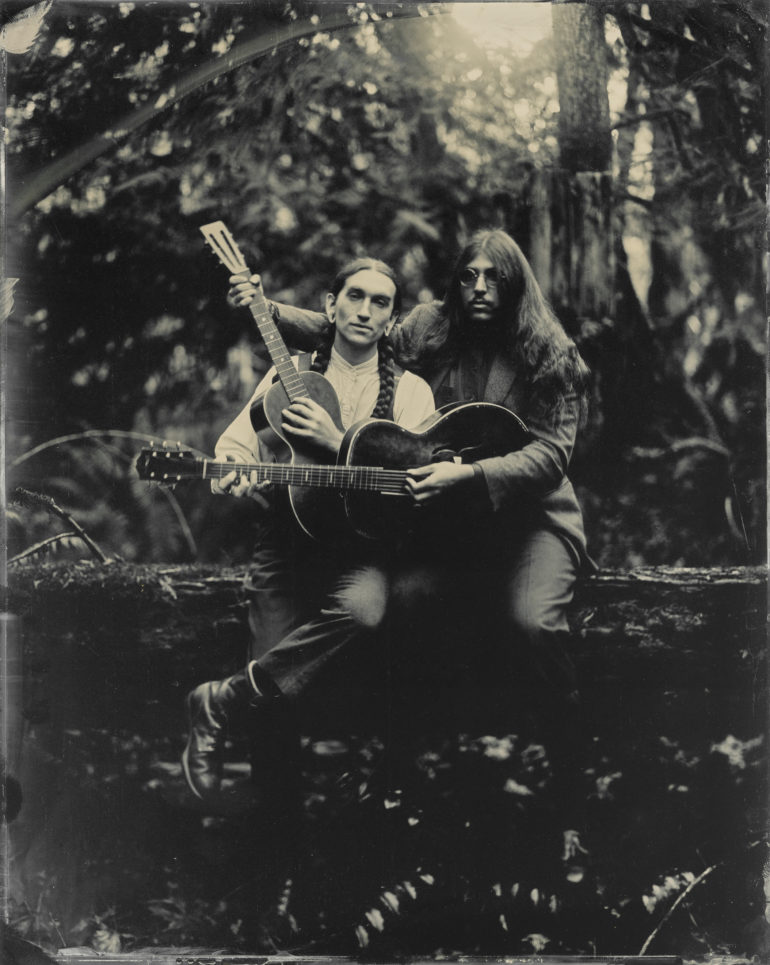
Phoblographer: What makes you stand out most as a photographer? what makes you unique?
Ashley Jennings: Curiosity, romanticism, and empathy. The feedback I receive the most is that I make people feel comfortable and safe when being photographed: my intuition about how people hope to be perceived helps unlock meaningful and honest photographs.
Phoblographer: What’s your next big dream project, and how are you planning on shooting it?
Ashley Jennings: In the short term, I’m working on a body of tintype photographs which celebrate the diverse passions of Portlanders. Antique car restorers, traditional costuming experts, folk musicians, hot air balloonists, etc. I like photographing people who also immerse themselves in their craft or passion. In the longer term, I hope to find funding to convert a trailer into a portable darkroom and travel back to Colorado and New Mexico to make ambrotypes and film negatives of the spaces I knew as a child.
About Ashley Jennings
Ashley Jennings is a film and historical process photographer in Portland, Oregon, where she works in camera sales at Blue Moon Camera and Machine. She owns and operates Alchemy Tintype Studio, where she shoots on location with a portable darkroom and makes wet plate collodion images on metal and glass. Ashley also specializes in digital and film wedding photography, and in large format portraiture.
Want more from Ashley? Check out her website, her tintype work, her photography Instagram work, and her tintype Instagram work.


